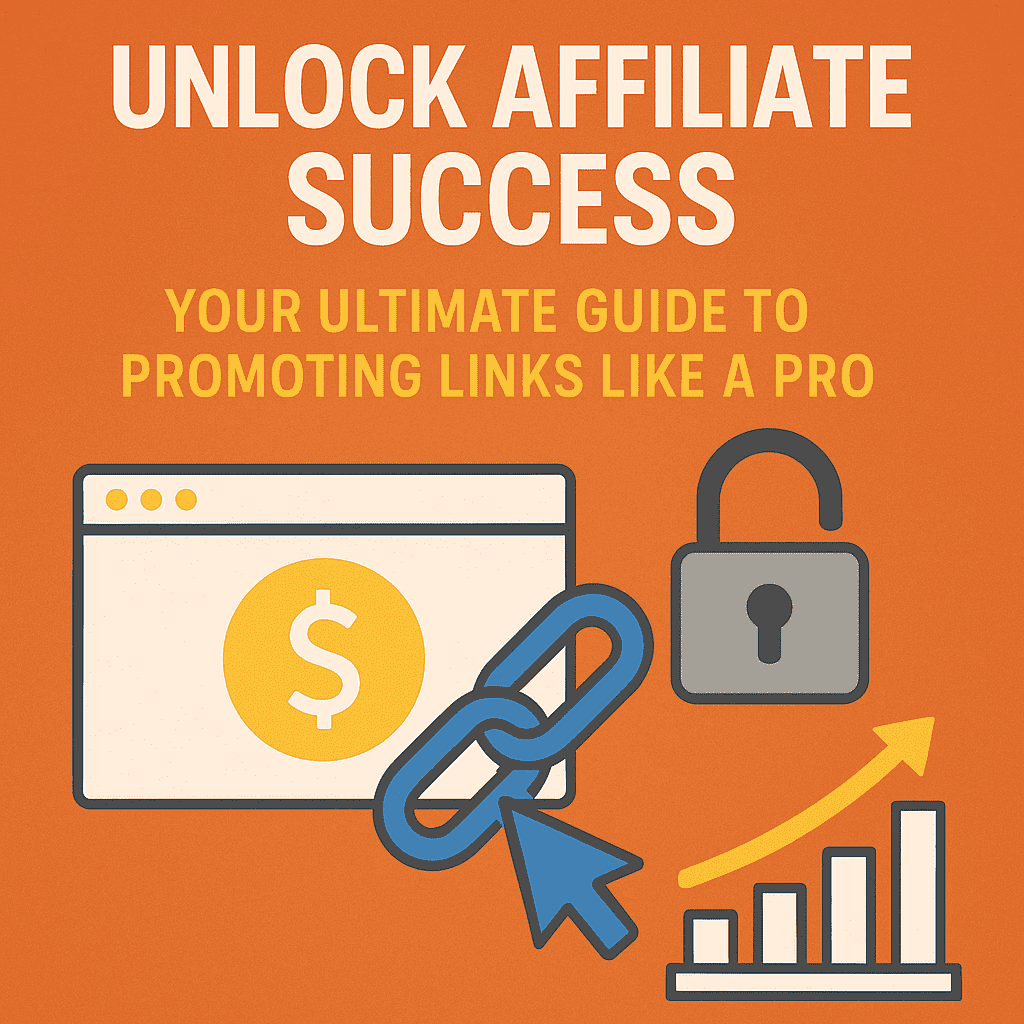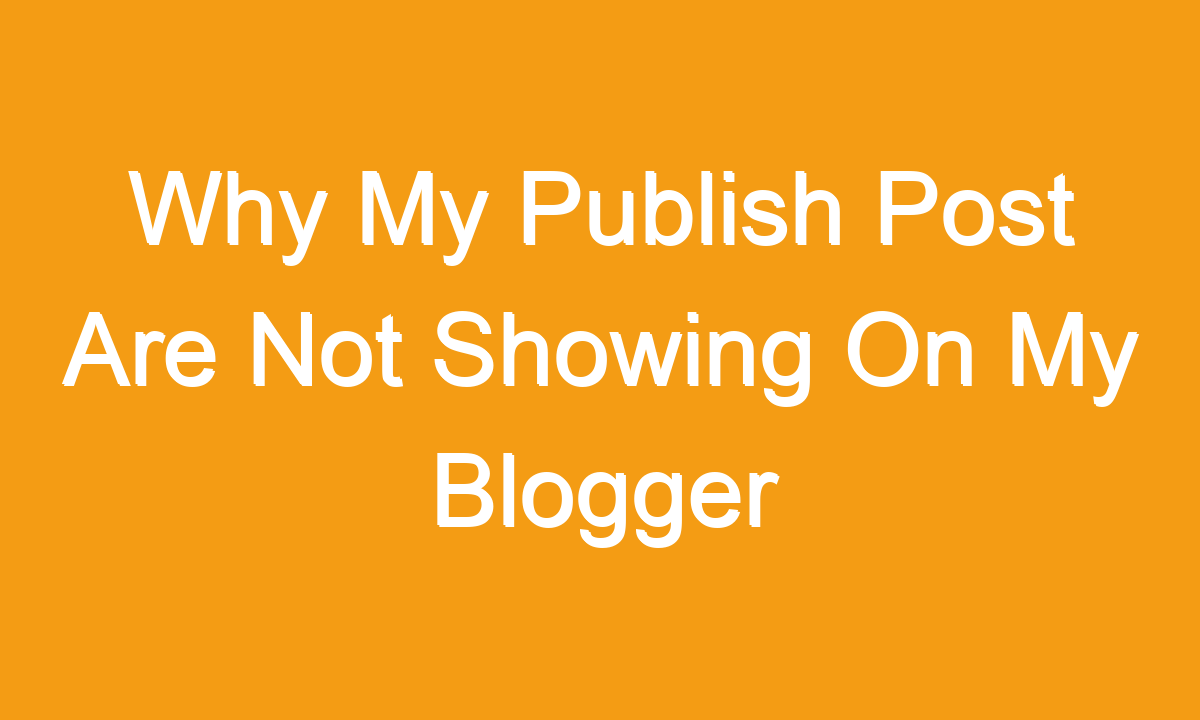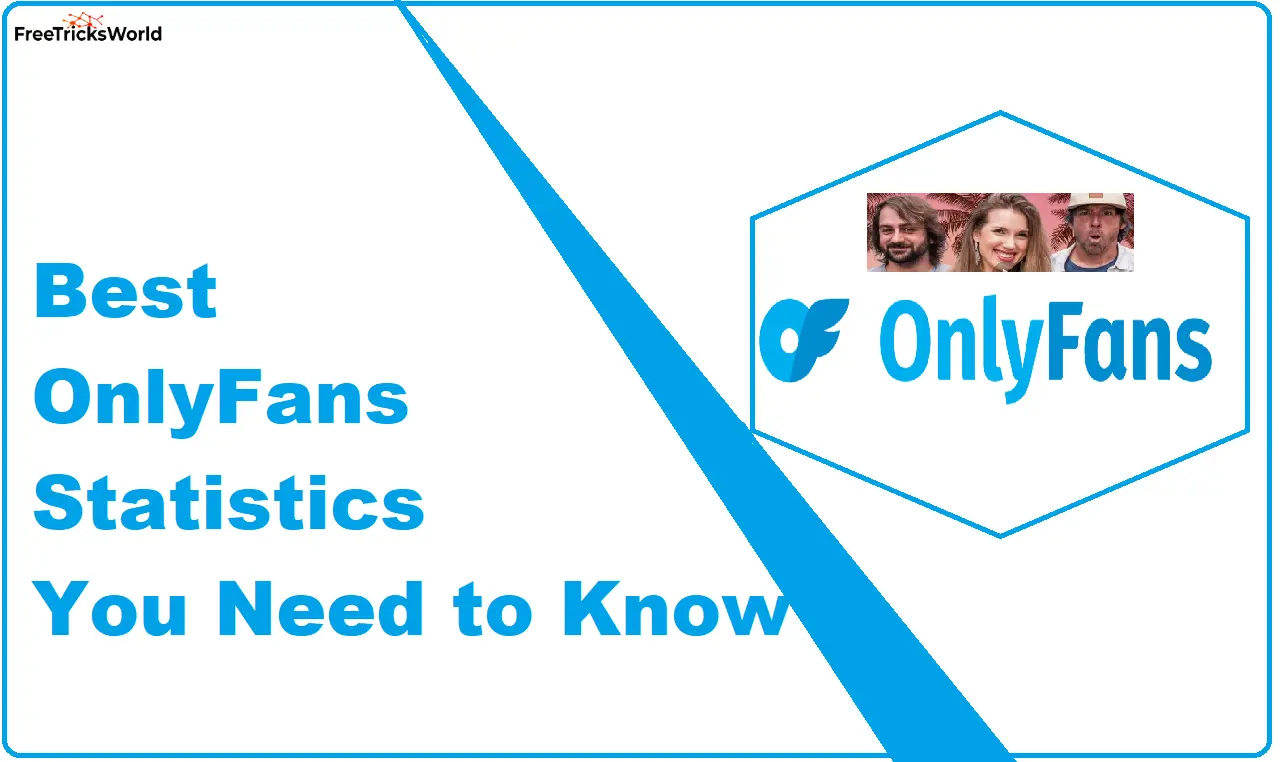Unlock Affiliate Success: Your Ultimate Guide to Promoting Links Like a Pro

In the bustling world of affiliate marketing, your links are your lifeline to income. But simply having an affiliate link is like owning a masterpiece locked in a vault – no one sees it, no one clicks it, no one buys. The real magic lies in strategic promotion. If you’ve searched for ways to “promote affiliate links,” you’re likely overwhelmed by generic advice or frustrated by lackluster results. You need a clear, actionable roadmap that cuts through the noise and delivers tangible profits.
This guide goes beyond the basics. We dissect proven strategies, expose common pitfalls, and provide the tactical know-how you need to outperform competitors and turn your affiliate links into consistent revenue generators. Forget just getting clicks; let’s build a sustainable, high-converting promotion engine.
Why Simply Having Affiliate Links Isn’t Enough (The Crucial “Why”)
Imagine spending hours creating valuable content or building an audience, only to see dismal click-through rates and near-zero commissions. The harsh truth is:
- Massive Competition: Countless others are promoting similar products.
- Ad Blindness: Users instinctively ignore blatant ads.
- Trust Deficit: People won’t click links from unvetted sources.
- Algorithm Hurdles: Social media and search engines often deprioritize pure promotional content.
Effective promotion bridges the gap between your valuable recommendation and the customer’s purchase decision. It builds trust, provides context, and positions your link as the obvious next step.
Understanding Your Audience: What They Really Need
Before diving into tactics, step into your audience’s shoes. When someone searches “how to promote affiliate links,” they’re seeking:
- Actionable Steps: Clear, “do this now” instructions, not vague theories.
- Real Results: Strategies proven to generate clicks and sales, not just vanity metrics.
- Efficiency: Methods that work without requiring a massive budget upfront.
- Trust Building: How to promote authentically without sounding salesy.
- Avoiding Pitfalls: Knowledge of common mistakes that waste time and money.
- Measurement: Understanding what works and how to scale success.
This guide delivers precisely that.
10+ High-Impact Strategies to Promote Your Affiliate Links (The “How”)
Here’s your arsenal of proven promotion tactics, designed for maximum impact:
- Content Marketing: Your Foundation for Trust & Value
- In-Depth Reviews & Comparisons: Go beyond features. Share your genuine experience, pros/cons, use cases, and who the product is best (or worst) for. Embed your link naturally within the narrative. (e.g., “After testing for a month, the [Product Name] solved my [Specific Pain Point]. <See Current Price & Details Here>“).
- “Best X for Y” Guides: Capture high-intent search traffic. Be comprehensive and objective. Use your affiliate links for each recommendation, clearly stating why it’s the best choice for that specific need. (e.g., “Best Budget DSLR Cameras for Beginners in 2024”).
- Problem-Solution Tutorials: Identify a common problem your audience faces. Create a step-by-step guide to solve it, naturally incorporating a relevant product as the solution. The link becomes a helpful resource, not an interruption. (e.g., “How to Fix Blurry Smartphone Photos: Step-by-Step Guide [Includes recommended editing app affiliate link]”).
- Case Studies & Results: Show, don’t just tell. Document your journey using a product/service and the quantifiable results you achieved. Authentic success stories are incredibly persuasive. Include your affiliate link as the “how they can get it too” step.
- Leverage Email Marketing: Your Owned Audience Goldmine
- Nurture Sequences: Provide immense value before pitching. Build a relationship via a free course, ebook, or series of helpful emails. Then, recommend a highly relevant product with your link.
- Dedicated Recommendation Emails: Send focused emails highlighting a single product you genuinely love and believe solves a specific problem for your list. Explain why passionately. (Example Subject: “My Secret Weapon for [Achieving X Result]”).
- Newsletter Integration: Include helpful tips, industry news, and occasional, well-placed affiliate recommendations within your regular newsletter. Maintain a high value-to-promotion ratio (e.g., 90% value / 10% promotion).
- Automation is Key: Set up automated emails triggered by user actions (e.g., send a relevant product recommendation after someone downloads your “Beginner’s Guide”).
- Social Media Mastery: Beyond Just Posting Links
- Platform-Specific Value: Don’t just spam links! Tailor content:
- Instagram: Stunning visuals, Reels tutorials showing product use, Stories with polls/Q&A leading to link in bio (use a dedicated landing page like freetool).
- Pinterest: Create eye-catching pins linking to your detailed blog reviews or “best of” guides. Optimize pin descriptions with keywords.
- TikTok/YouTube Shorts: Quick, engaging demos, “day in the life” snippets featuring the product, problem/solution skits. Link in profile/bio.
- Facebook Groups: Actively participate in relevant groups. Offer genuine help. Only share your link when it directly answers someone’s specific question (check group rules first!).
- X (Twitter): Share quick tips, insights, and engage in conversations. Use Threads for mini-tutorials ending with a relevant link. Participate in relevant Twitter Spaces.
- Leverage Stories & Live Features: Use the swipe-up feature (if available) or “Link in Bio” callouts during Instagram/Facebook Stories and Live sessions for real-time engagement and clicks.
- Community Engagement: Focus on building relationships, not broadcasting. Answer questions, provide support.
- Platform-Specific Value: Don’t just spam links! Tailor content:
- Search Engine Optimization (SEO): The Long-Term Traffic Engine
- Keyword Research: Target phrases people actually search for when looking to buy (“best wireless headphones for running,” “how to choose a web hosting provider,” “[Product Name] discount”). Use tools like Ahrefs or SEMrush.
- Optimize Your Content: Naturally integrate keywords into titles, headings, meta descriptions, and body text. Focus on user intent. Create the best answer to the search query.
- Build Quality Backlinks: Earn links from reputable websites in your niche. This signals authority to search engines.
- Technical SEO: Ensure your site loads fast, is mobile-friendly, and easy to navigate.
- Strategic Paid Advertising (Scale with Caution & Precision)
- Start Small & Targeted: Don’t blow your budget. Test platforms like:
- Google Ads (Search): Target high-intent keywords (“buy [product name],” “[product] coupon”). Send traffic to dedicated, highly relevant landing pages or reviews.
- Social Media Ads (Facebook/Instagram, Pinterest): Laser-target audiences based on interests, demographics, and behaviors. Use compelling visuals and clear value propositions. Track conversions meticulously.
- Retargeting: Show ads to people who visited your review/content but didn’t click the affiliate link. Remind them of the value.
- Crucial: Always check the affiliate program’s advertising policy BEFORE running paid ads. Some programs have strict rules or require approval.
- Start Small & Targeted: Don’t blow your budget. Test platforms like:
- Harness the Power of Video Marketing
- YouTube Deep Dives: Create comprehensive review videos, comparison videos, setup tutorials, or “before and after” demos. Place your affiliate link prominently in the description box (first line!) and mention it verbally during the video.
- Short-Form Video (TikTok, Reels, Shorts): Grab attention quickly with tips, hacks, or entertaining content featuring the product. Use clear calls to action (e.g., “Link in Bio for details!”).
- Live Q&A/Webinars: Host live sessions discussing a topic and naturally demonstrate/recommend relevant products. Share your link in the chat and description.
- Forums & Communities: Niche Relevance is Key
- Provide Genuine Value First: Actively participate in communities like Reddit (relevant subreddits), Quora, or niche-specific forums. Answer questions thoroughly without immediately dropping your link.
- Disclose & Be Relevant: Only share your affiliate link if it’s the perfect answer to a specific question and it’s allowed by community guidelines. ALWAYS DISCLOSE it’s an affiliate link (“Disclosure: I may earn a commission if you purchase through my link”). Transparency builds trust.
- Influencer Collaborations (Micro & Macro)
- Identify Relevant Partners: Find influencers whose audience perfectly overlaps with your target market and the product niche. Micro-influencers (10k-50k followers) often have highly engaged audiences.
- Authentic Partnerships: Encourage honest reviews, sponsored posts, giveaways (using the affiliate link for entries), or guest content swaps. Ensure alignment with the influencer’s style.
- Resource Pages & Link Hubs
- Create a “My Toolkit” or “Resources” Page: List all the tools, software, books, or services you genuinely use and recommend across various categories. Provide brief descriptions and your affiliate links. Promote this page in your navigation, footer, and relevant content.
- Offline Promotion (Don’t Underestimate!)
- Networking Events: Mention helpful tools/services in conversations (if relevant).
- Business Cards: Include a link to your key resource page or a specific high-converting offer.
- Local Workshops/Speaking Engagements: Share valuable resources verbally and provide a handout or landing page URL containing your affiliate links.
Essential Best Practices for Ethical & Effective Promotion
- Disclosure is Non-Negotiable: Always clearly state your affiliate relationship (“As an Amazon Associate I earn…”, “Disclosure: Affiliate links used”). It’s legally required (FTC, etc.) and builds critical trust. Place disclosures prominently before the link.
- Prioritize Authenticity & Trust: Only promote products you have genuinely used, believe in, and are relevant to your audience. Your reputation is your most valuable asset. Saying “no” to irrelevant offers is crucial.
- Provide Immense Value First: Focus 80-90% of your efforts on creating helpful, informative, entertaining content. Promotion should feel like a natural extension of that value, not the primary goal.
- Target the Right Audience: Promoting luxury watches to a budget-conscious DIY audience won’t work. Know your audience’s pain points, desires, and budget.
- Use Link Management & Cloaking (Carefully): https://free-link-shortener.ftwd.us/. Crucially, they also allow tracking clicks! Avoid deceptive cloaking that hides the destination.
- Track Everything: Use your affiliate dashboard, link manager, and Google Analytics to track clicks, conversions, and ROI for each promotion method. Data is power.
- Diversify Your Approach: Don’t rely on just one channel. Build a multi-pronged strategy for resilience and reach.
Costly Mistakes to Avoid (Save Time & Money!)
- Spamming Links: Posting links everywhere without context or value destroys trust instantly.
- Promoting Irrelevant Products: Damages credibility and yields poor conversions.
- Poor Disclosure (or None): Risks legal trouble and erodes audience trust permanently.
- Focusing Only on Promotion: Neglecting value-driven content is a dead end.
- Ignoring Tracking: Flying blind means you can’t optimize or prove ROI.
- Giving Up Too Soon: Building affiliate income takes consistent effort and testing.
- Not Reading Program Terms: Violating rules (e.g., forbidden ad types, coupon sites) can get you banned and commissions withheld.
- Promoting Low-Quality Products: One bad recommendation can damage your reputation significantly.
Essential Tools to Supercharge Your Promotion Efforts
| Tool Category | Purpose | Examples |
|---|---|---|
| Link Management | Shorten, cloak, track clicks, organize links | Pretty Links, ThirstyAffiliates, Bitly (Pro), GeniusLink (for Amazon) |
| Email Marketing | Build lists, send broadcasts, automate sequences | ConvertKit, MailerLite, ActiveCampaign, AWeber |
| Social Scheduling | Plan and publish content across platforms | Buffer, Hootsuite, Later, Publer |
| Graphic Design | Create social images, pins, blog graphics | Canva, Adobe Express |
| SEO Research | Find keywords, analyze competitors, track rankings | Ahrefs, SEMrush, Ubersuggest, Google Keyword Planner |
| Analytics | Track website traffic, user behavior, conversions | Google Analytics, Fathom Analytics |
| Screen Recording | Create tutorials, demos, reviews | Loom, Screencast-O-Matic, Camtasia |
| Project Management | Organize content calendar, promotion tasks | Trello, Asana, ClickUp |
Measuring Success: Beyond Clicks
Tracking is crucial for growth. Focus on these key metrics:
- Clicks: The first step (tracked via your link manager).
- Conversions (Sales/Leads): The ultimate goal (tracked via your affiliate dashboard). Calculate your Conversion Rate (Conversions / Clicks).
- Earnings Per Click (EPC): (Total Earnings / Total Clicks). Shows the average value of a click from a specific source/method. Compare EPCs to find your best traffic sources.
- Return on Investment (ROI): Especially important for paid ads. (Profit from Campaign – Ad Spend) / Ad Spend. Aim for positive ROI.
- Audience Growth & Engagement: (Email list growth, social followers, comments, shares). Indicates long-term potential.
Use this data to double down on what works and eliminate or tweak what doesn’t.
Conclusion: Build Your Affiliate Promotion Empire
Promoting affiliate links effectively isn’t about quick tricks; it’s about strategic value creation and relationship building. By implementing the diverse strategies outlined here – focusing on authentic content, leveraging multiple channels, prioritizing trust, and relentlessly tracking performance – you transform from someone hoping for clicks into a strategic marketer driving conversions.
Start by mastering one or two tactics that align best with your strengths and audience. Create outstanding content, promote it smartly, disclose transparently, and track your results. Refine, scale, and watch your affiliate commissions grow from a trickle to a steady stream. The journey to affiliate success starts with your very next, strategically placed link.
Frequently Asked Questions (FAQ)
Q1: Is it legal to promote affiliate links?
A: Absolutely! Affiliate marketing is a legitimate business model. The critical legal requirement is clear and conspicuous disclosure of your affiliate relationship (e.g., “This post contains affiliate links. I may earn a commission if you make a purchase through my links, at no extra cost to you.”). This is mandated by the FTC (US) and similar bodies worldwide.
Q2: How much does it cost to start promoting affiliate links?
A: You can start with minimal costs. Core essentials are a platform (like a free blog, social media account, YouTube channel) and your time. As you scale, you might invest in a paid website domain/hosting (~$3-15/month), email marketing service (free tiers available), basic graphic tools (free/cheap options like Canva), and potentially paid advertising later.
Q3: How long does it take to start earning money with affiliate links?
A: This varies hugely. Building trust and traffic takes time. Don’t expect significant income overnight. With consistent effort (publishing quality content, promoting effectively), you might see your first small commissions within 1-6 months. Building substantial income often takes 1-2 years of dedicated work. Patience and persistence are key.
Q4: What’s the best platform to promote affiliate links?
A: There’s no single “best” platform. It depends entirely on where your target audience spends time and your skills/content style. Common effective platforms include:
- Blog/Website: Best for SEO, long-form content, reviews, building authority.
- YouTube: Ideal for reviews, tutorials, demos (visual/auditory).
- Pinterest: Excellent for “best of” lists, DIY, fashion, home decor (visual search).
- Email List: Highest conversion rates (warm audience).
- Social Media (FB/IG/TikTok): Good for engagement, short tips, driving traffic to your main content. Choose 1-2 platforms to master initially.
Q5: Can I promote the same affiliate link in multiple places?
A: Yes, absolutely! In fact, you should promote your best-performing offers through multiple channels (blog post, email, social media, YouTube) to maximize reach and conversions. Just ensure the context is relevant in each place.
Q6: How do I know if my affiliate link promotions are working?
A: Tracking is essential! Use:
- Your affiliate network dashboard (shows clicks, conversions, earnings per link/program).
- A link management tool (tracks clicks per shortened/cloaked link).
- Google Analytics (tracks traffic sources to pages containing your links, user behavior).
Analyze clicks, conversion rates, and EPC to see what’s effective.
Q7: What if I get no clicks on my affiliate links?
A: Don’t panic! Diagnose the issue:
- Audience: Are you promoting to the right people?
- Value: Is your content genuinely helpful and engaging before mentioning the link?
- Placement & Context: Is the link relevant to the content? Is it placed naturally? Is the call to action clear?
- Trust: Have you built enough credibility? Is your disclosure clear?
- Promotion: Are you actively sharing your content where your audience is? Review and improve these areas.
Ready to dive deeper? Explore our comprehensive guides on choosing the right affiliate programs and mastering affiliate marketing for beginners to solidify your foundation!





